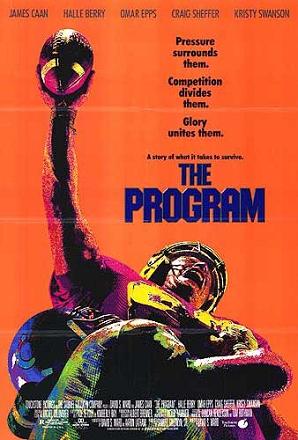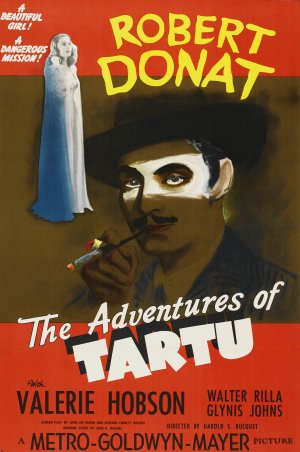 There’s not a single sports cliché that goes untouched in The Program.
There’s not a single sports cliché that goes untouched in The Program.
A veteran college football coach who, after two disappointing seasons, is now being told that he must get wins at any cost? Check!
A cocky senior quarterback who is trying to live up to his father’s expectations? Check!
A cocky freshman who matures during the season? Check!
A cocky NFL prospect who suffers a career ending injury? Check!
Corrupt rich backers? Check!
Beer? Check!
Steroids? Check!
Hazing? Check!
Football groupies? Check!
Halle Berry wasted in a one-note role? Check!
Kristy Swanson as the one girl on campus who is not impressed by football? Check! Check! Check!
The Program has its good points. James Caan does a good job as the coach and Andrew Bryniarski, playing a player who is always on the verge of flying into roid rage, dominates every scene in which he appears. Kristy Swanson looks good in a tennis outfit, so it’s not all bad. But Craig Sheffer is neither credible nor likable as the star quarterback and there is not a single scene that won’t be seen coming.
When The Program came out in 1993, it included a scene where the team bonded by laying down in the middle of a busy street, while cars zoomed by on either side of them. Things turned out alright for the people in the movie but, for the idiots who tried to imitate the stunt in real life, it was a different story. It turns out that, in real life, drivers don’t always stay in their lane and, if you lay down in the middle of the street, there is a good chance that you are going to get run over. After several deaths, the scene was taken out of the film. If you’re going to die for a movie, do it for a movie better than The Program.
